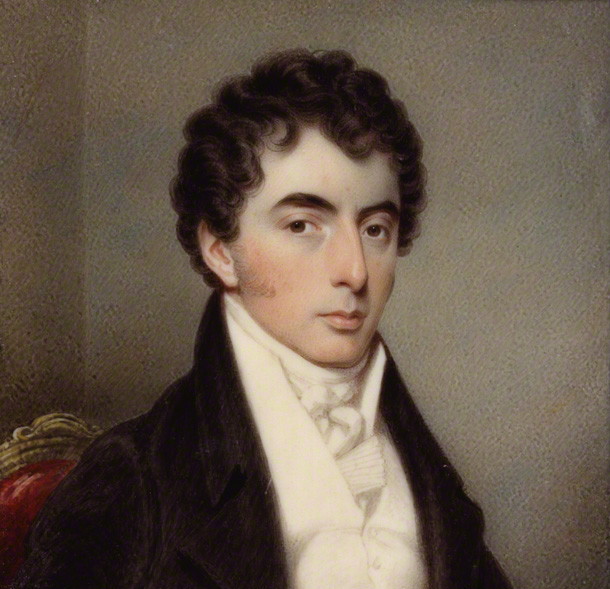‘A Bird Came Down The Walk’ is a poem by Emily Dickinson. In this poem, she shares her observation of a bird that had come down the walkway of her home. This poem showcases the poet’s powers of observation and juxtaposes various elements of nature. The poem consists of five stanzas of four lines each. The rhyme scheme is ABCB. The poem is largely written in iambic trimeter.
One day, the poet noticed a bird in the walkway of her home. However, the bird was oblivious to the fact that it was being observed. The bird saw a worm, an angleworm in this case, and ate it after biting it into two halves. The action of biting the worm in half and eating it raw, accentuates the inherent violence in the action that often goes unnoticed. Perhaps the poet wanted to make a point on the violence that is present in nature, even in the process of something as basic as ensuring nutrition. It may be noted that the same element of violence is often present, perhaps indirectly, in the food consumed by humans too.
After the meal, the bird sought some water. There was some grass, likely on the side of the walkway. Dew was still present on the grass, indicating that it was early morning. The bird found the dew upon a blade of grass and drank it. The poet calls this grass ‘convenient’ because it offered the bird an easy source of the water it was searching for.
The poet then observes how the bird allows a beetle to pass by hopping sidewise to the wall. This line shows that it is not all violence in the natural world. Cooperation also exists in good measure. A comment that could also be very well be said of humans.
The bird has its own predators. It is also fearful of humans. It has to be very attentive of its surroundings at all times. Hence it glanced around with ‘rapid eyes’. To the poet, the darting eyes looked like ‘frightened beads’. The head of most birds have a velvet look about them. The poet observes this about this bird too. The bird’s head stirred, perhaps because it had become aware of the poet, or perhaps it had heard or felt something else.
The end of this stanza and the beginning of the next stanza have two different versions. In the most commonly printed version, there’s a period followed by a dash, after Head, and a comma after Cautious. This punctuation arrangement indicates that it is the poet herself who acts cautiously, like one in danger, while offering a crumb to the bird. A slight change of punctuation could have made this line “Like one in….Cautious” about the bird rather than about the poet. Note that this line would be quite applicable for the bird too.
It seems that the bird did not accept the crumb from the poet. It unfurled its wings and flew away. The poet begins a series of powerful images and metaphors to describe the flight of the bird. She compares the wings to oars that row the bird home. The bird is compared to a boat and the sky to the ocean. The motion is quite silent, hence use of the word ‘softer’. The bird’s wings, the poet comments is more silent than oars that cut through the water surface. The action of cutting through the water surface is referred by the poet as splitting the ocean.
To the poet’s eyes the oar-like wings are passing through an ocean (the sky) seamlessly, i.e, without causing even a ripple on the surface of this metaphorical ocean. Thus unlike oars that visibly cut through the water, the action of the wings are too smooth for the observer to notice any such action.
The poet then conjures up an image of butterflies flying around at noon. Their movement is very fluid and smooth. The poet imagines these butterflies swimming without a splash. The flight of the bird is softer than even the ‘plashless’ swimming of the butterflies.
The final six lines of this poem offer an incredible description of a bird at flight and offers a series of beautiful soothing images. This poem offers us a glimpse into Dickinson’s interest in the natural world, her acute sense of observation and her ability to invoke powerful imagery into an everyday scene.
Some online learning platforms provide certifications, while others are designed to simply grow your skills in your personal and professional life. Including Masterclass and Coursera, here are our recommendations for the best online learning platforms you can sign up for today.
The 7 Best Online Learning Platforms of 2022
- Best Overall: Coursera
- Best for Niche Topics: Udemy
- Best for Creative Fields: Skillshare
- Best for Celebrity Lessons: MasterClass
- Best for STEM: EdX
- Best for Career Building: Udacity
- Best for Data Learning: Pluralsight















